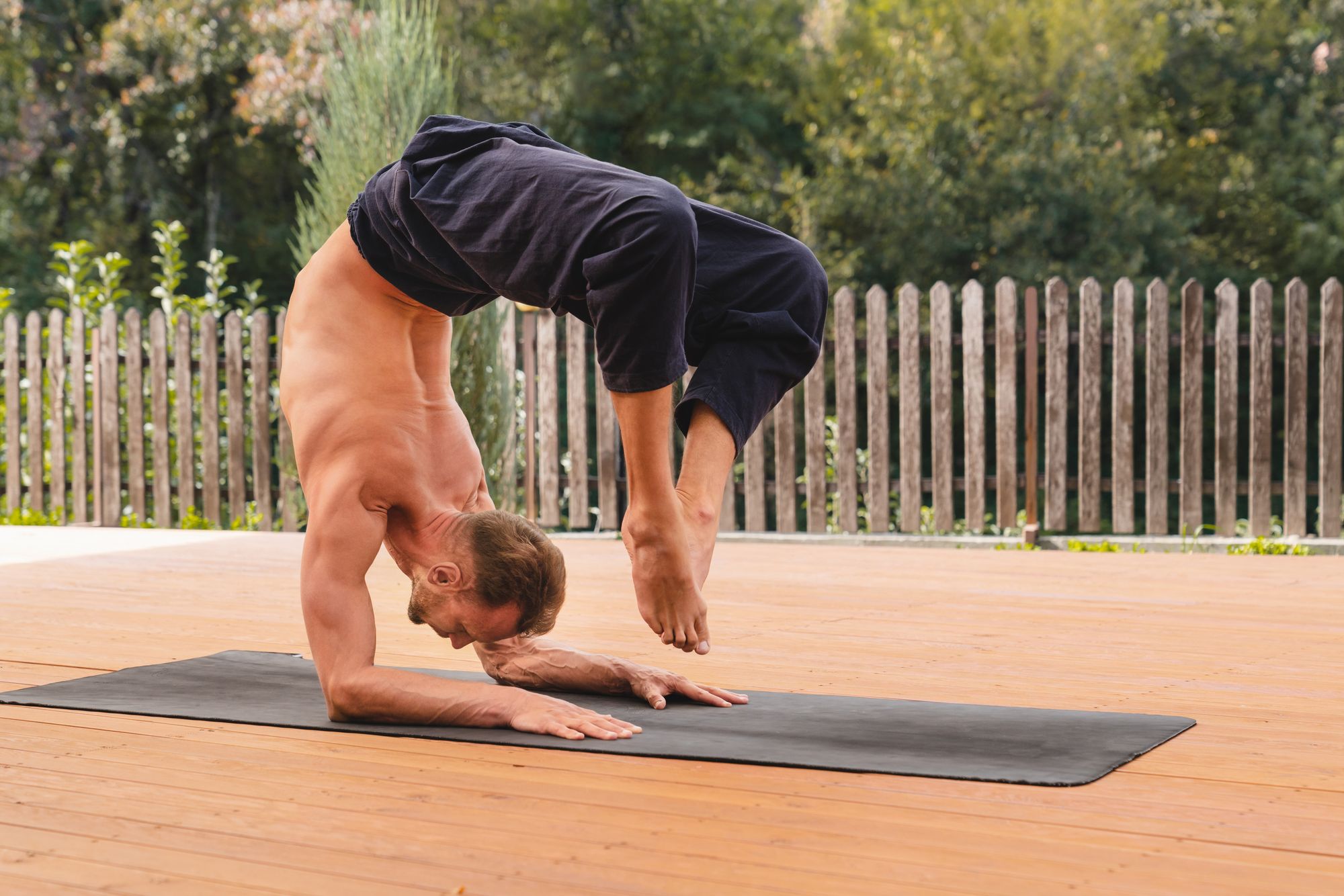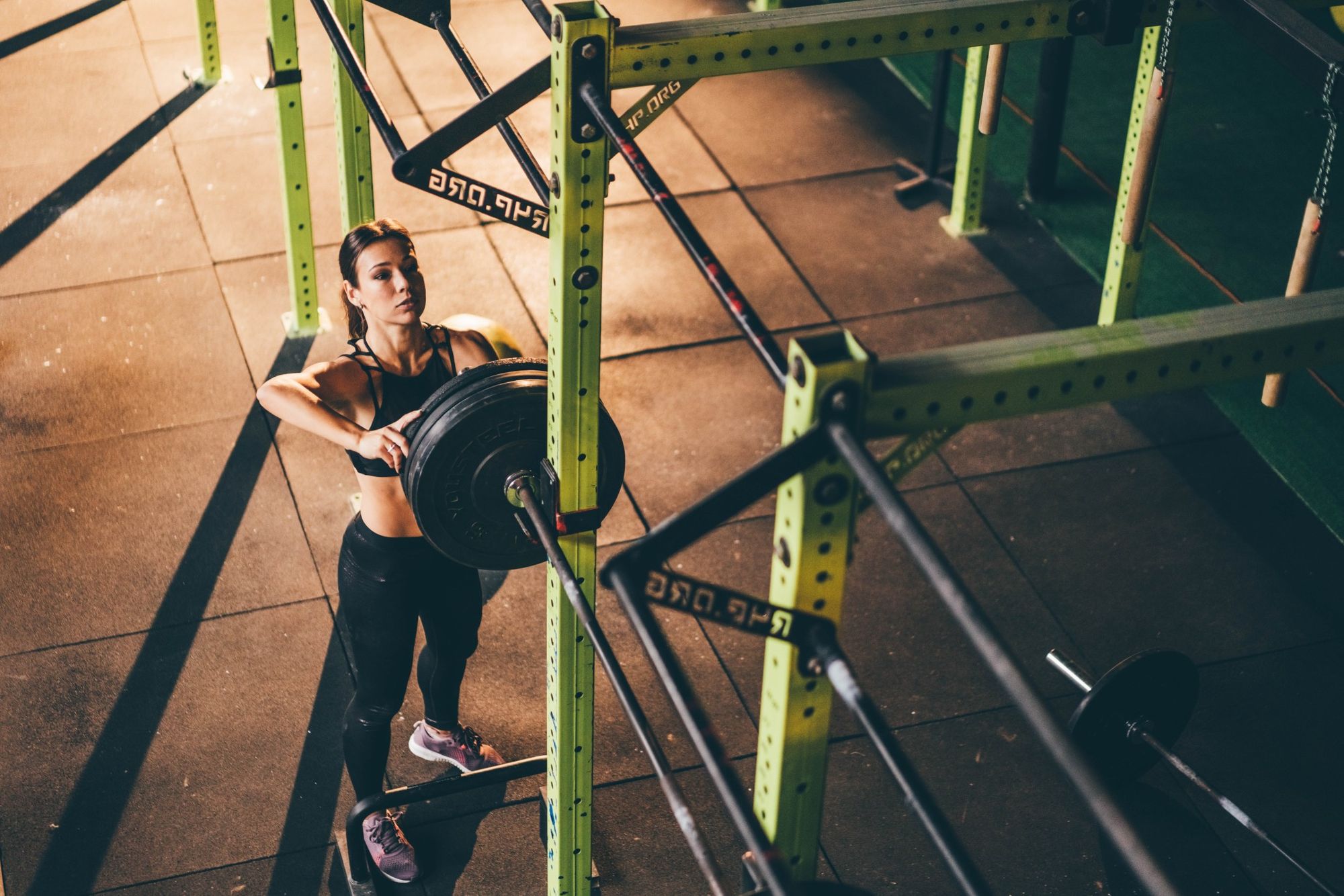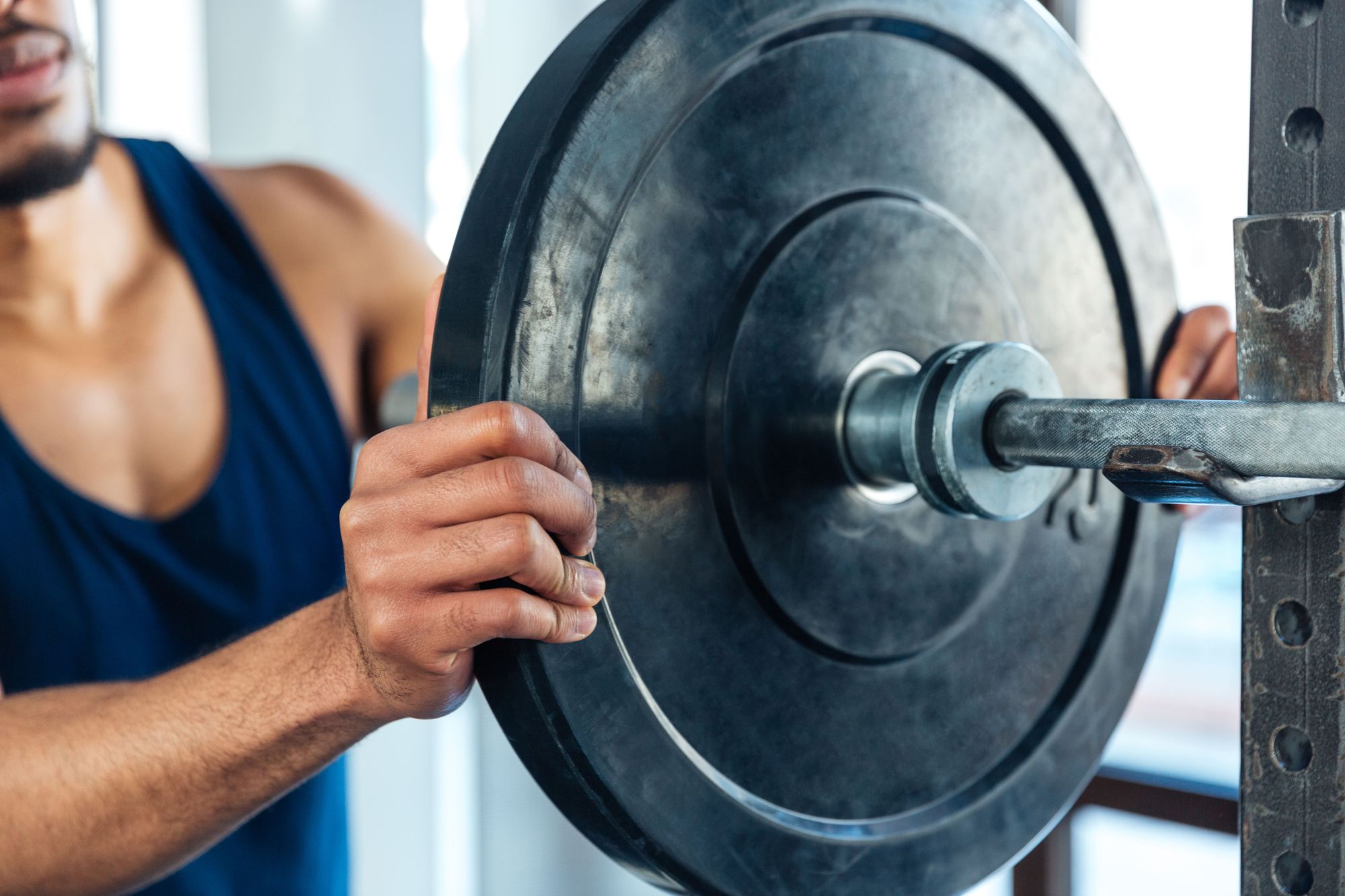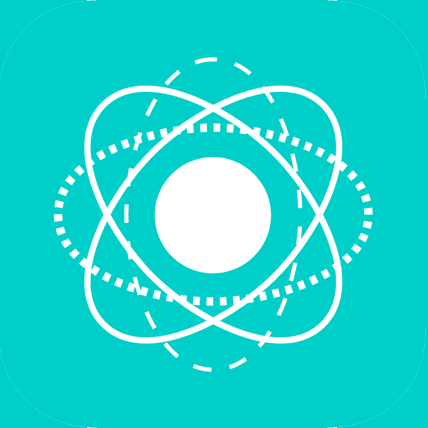How to Prevent a Sneaky Muscle Strain from Derailing Your Fitness Progress
Are you increasing your risk of a muscle strain — without even knowing it? Learn why you need to care (and what to do about it) in this article.

When you’re trying to perfect a movement (e.g., the deadlift, squat, and bench press) or grow a seemingly hypertrophy-resisting muscle group — looking at you, delts! — you may be tempted to hit it every day.
Practice makes perfect. Plus, muscle size is positively associated with training volume. So, the more you perform an exercise/target a muscle group, the better results you’ll see … right?
Well, yes. But only up to a point.
And if you're doing them daily (or super frequently), you’re amplifying your risk for a silent, sneaky, thief-in-the-night-esque training injury around: the Muscle Strain.
In this article, we cover everything you need to know about this gains-stealer, including:
2️⃣ How you could be increasing your risk of it without even knowing
3️⃣ Actionable tips on how you could prevent getting a muscle strain
✨ … and more
What is a muscle strain?
Think about a muscle strain, and … the first thing to come to mind is probably the last time you agreed to help a friend move out of their apartment and tried to lift their bedframe — only to be met with excruciating pain in your lower back.
Um, too specific? Eh. Even if you haven’t experienced that exact scenario, you’re likely familiar with what an acute muscle strain feels like.
Yes, there are two types of muscle strains:
- Acute muscle strain: This happens when your muscle tears suddenly and unexpectedly. Common causes include failing to warm up properly before physical activity (see, what did we tell you about warming up?), poor flexibility, and lifting something heavy (yes, your friend’s bedframe definitely counts).
- Chronic muscle strain: The result of repetitive movement. Common causes include sports (e.g., rowing, tennis, and, of course, weightlifting) and poor posture (e.g., if you’re “stuck” in an anterior pelvic tilt).
All muscle strains are damaging
It’s important to note that both types of muscle strains can be equally damaging. Regardless of type, all muscle strains are classified into three grades:
- Grade I: Only a few muscle fibers are stretched or torn. Complete recovery usually takes a few weeks.
- Grade II: Involves a greater number of injured fibers, which, in turn, causes more severe muscle pain and tenderness. Complete recovery usually takes a few months (eight to ten weeks or more).
- Grade III: A "through-and-through" tear. The most debilitating tear where the muscle rips into two separate pieces or shears away from its tendon. Causes complete loss of muscle function; typically, the torn muscle must be repaired surgically. Full recovery can take anywhere from months to years.
As most acute muscle strains are preventable — Warm up! Warm up! Warm up! — we’ll focus on chronic ones in this article.
How you’re unknowingly putting yourself at risk of a muscle strain
When it comes to how you could lower your risk of a chronic muscle strain, we dropped a huge hint (well, it was more like an outright answer) in the introduction.
Do not do the same movement or hit the same muscle group too frequently.
But "frequent" is incredibly vague. So, to bring clarity, we could look at how long muscles need to recover from a training bout.
According to most research, your muscles take between 48 to 72 hours to heal (generally, the higher your workout intensity, the longer they'll take to recover). To that end, you should give a movement or muscle group at least two to three days of rest between training sessions.
Okay, so that's enough to prevent chronic muscle strains, right? Not so fast — there's more.
See: even if you're giving yourself two to three days to rest between sessions, you may be "overusing" your muscles without knowing it!
How could that be? Well, one prime example is when you forget that a particular muscle group plays a significant supporting role for another:
Legs day ➡️ back day: If you did loads of compound movements, like squats and deadlifts, you would have accumulated loads of fatigue on your lower back — which could hurt your ability to perform back exercises (e.g., barbell rows).
A few tips on muscle-strain-preventing workout programming
Now what? Here are three steps to take right now that’ll seriously lower your risk of a weightlifting-related muscle strain:
2️⃣ Mark out the target muscles right next to your exercises. For example, here’s how I’d do it if my Monday plan looked like this:
a. Romanian deadlift: Traps, lower back, quads, glutes, hamstrings
b. Squats: Lower back, quads, glutes, hamstrings
c. Glute-ham raises: Lower back, glutes, hamstrings
d. Calf raises: Calves
3️⃣ Once you've listed the target muscles for all your workout sessions, scrutinize it to see if you're giving your muscle groups at least two days of rest.
⚠️ If you're not, find a way to shuffle your workout sessions around or replace exercises until you give each muscle group at least two days of rest between training sessions.
Want more tips on workout programming? These articles could help get you started:




This sliding puzzle feels … impossible?
Have you been sliding and swopping things around in your workout routine, only to realize that it’s impossible to meet the following “training best practices”?
- At least 8 to 12 sets per muscle group per week (divided into two or three training sessions)
- Anywhere between 2 to 3 exercise variations for each muscle group
- To ensure at least 48 hours of rest between training sessions
If it’s all feeling like that sliding puzzle you felt like tossing into the fireplace in middle school (or more recently?), good news: there’s help available.
GymStreak, an AI-powered personal trainer app, will take the headache of workout planning off your plate. No, seriously. It'll account for your:
- Lifting experience
- Training goals
- Ideal workout frequency
- Equipment availability (bodyweight, barbell, dumbbell, cable — you name it)
- Progressive overload
… before tailoring a workout routine that'll meet all your training needs. Consider it your new 24/7 training partner in a pocket (one that'll never do a last-minute cancellation on you because it is "so sorry, but overslept this morning!") Imagine that.
Get a sneak peek of GymStreak here:
Forget Impossible Puzzles. Offload The Planning To GymStreak — So You Focus On The Doing
We'll guide you through it all — step-by-step. Just download the app, and you'll achieve your goal physique in no time.
References
Fernandes, J. F. T., Lamb, K. L., & Twist, C. (2019). Exercise-Induced Muscle Damage and Recovery in Young and Middle-Aged Males with Different Resistance Training Experience. Sports, 7(6), 132. https://doi.org/10.3390/sports7060132
Fernandes, T. L., Pedrinelli, A., & Hernandez, A. J. (2015). MUSCLE INJURY – PHYSIOPATHOLOGY, DIAGNOSIS, TREATMENT AND CLINICAL PRESENTATION. Revista Brasileira de Ortopedia, 46(3), 247–255. https://doi.org/10.1016/S2255-4971(15)30190-7


